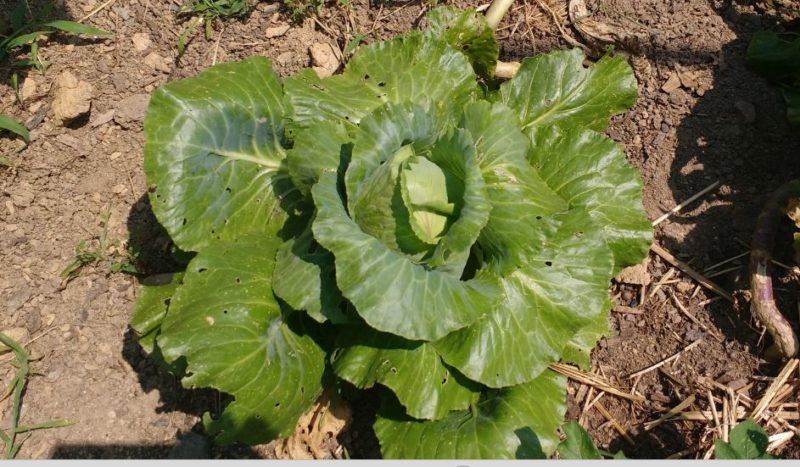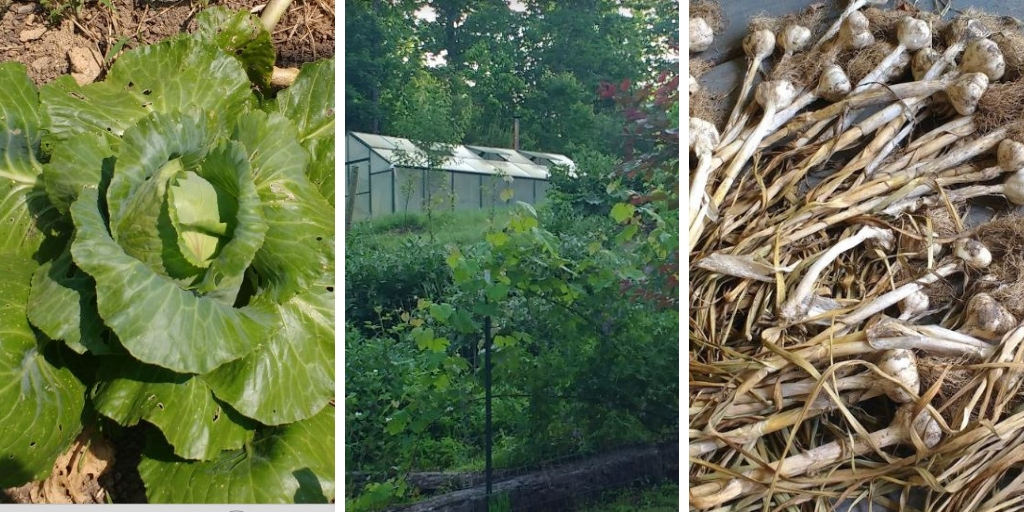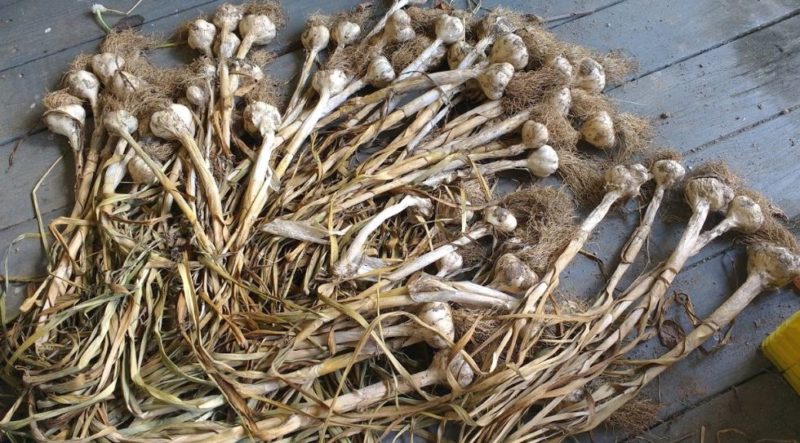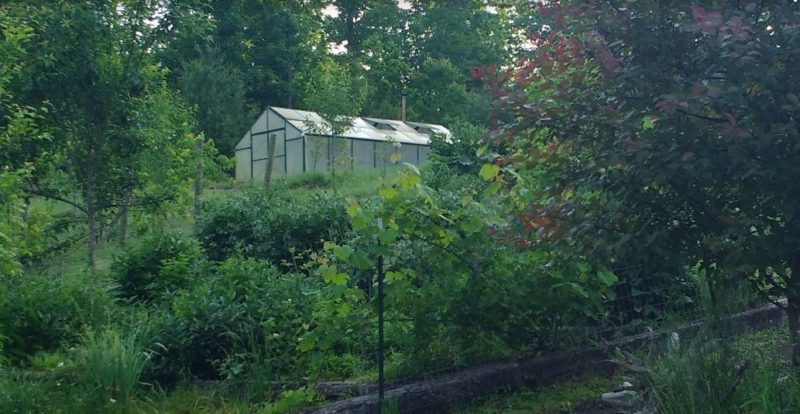The summer is over and the fall is coming. This does not mean that you have to stop growing plants and enjoying gardening. That is wrong. There certain conditions and tips if you manage to follow, you will be able to have a successful fall garden. They are essential and vital. We have enlisted these tips below. Go ahead and check them out before you start your fall garden.
Tip 1: Prepare Your garden soil
You soil need some maintenance in order to be ready for planting a fall garden. You will need to make sure that your soil contains all the nutrients your plants need to grow. Besides, the soil needs to be warm enough to preserve the roots of your plants and help them develop. Thus, you should do these checkouts:
- your soil pH should be adequate for your plants. Make sure that the soil pH corresponds to your plants’ needs. Veggies, for example, require a neutral soil pH. That is to say, any level that ranges between 6.0 and 7.4 is acceptable. You could control your soil pH levels. If you want to raise it, you should use fast-acting lime, if you want to lower it, use sulfur.
- It is also crucial that you check the phosphorous, the nitrogen and the potassium of your soil before you plant anything. A well-fertilized soil is necessary for a successful fall garden. To improve the quality of your garden soil, you should apply fertilizers such as feather meal, bone meal, rock phosphate, worm castings, chicken manure, compost, and other natural amendments.
- Watering is also essential. Water your soil thoroughly before you plant.
Tip 2: Plant before Frost
Having a fall garden means that you have to plant your plants before the weather gets cold. When the weather gets cold, your plants should be almost fully-grown. You should also consider growing plants that tolerate cold weathers. However, grow them as early as possible because when winter comes and they are not fully grown, you may lose your crop.
Crop failure is possible when you don’t provide your fall garden with the care it requires. Fall gardens demand a lot of care and observation.
Tip 3: Choose Fall and Winter Plant Varieties

Some plants can tolerate cold weather more than others. cabbage and lettuce are two of the best plants that you can grow in the fall. However, you should make sure that when winter comes, they are fully grown. They can tolerate certain degrees of cold but they cannot tolerate frost.
Tip 4: Plan Ahead for Fall-Planted Vegetables
There are some plants that can actually handle cold weather such as garlic, shallots, and hard-winter wheat. No matter how low-temperature degrees are, they will not harm these plants because they go dormant and when spring comes, they will wake up and start growing.
Tip 5: Transplanting a fall garden
There are hardy fall plants available in many local farmers markets and nurseries that you can buy and transplant in your garden. Started plants are strong enough to survive a fall. Unlike seeds, they can tolerate cold weathers.
However, if you want to start from seeds, it is recommended that you opt for a fall indoor garden. Start sowing the seeds in containers indoors during the fall and the winter then when spring comes you can transplant your plants in your outdoor garden.
Tip 6: Plant To Protect Plants
One of the best ways to protect your plants from freezing weather during the fall and the winter is to surround them with other plants.
These are the best steps you could follow for having a fall garden. They will definitely help you succeed. Besides, they are easy to apply.
Enjoy your fall garden.



